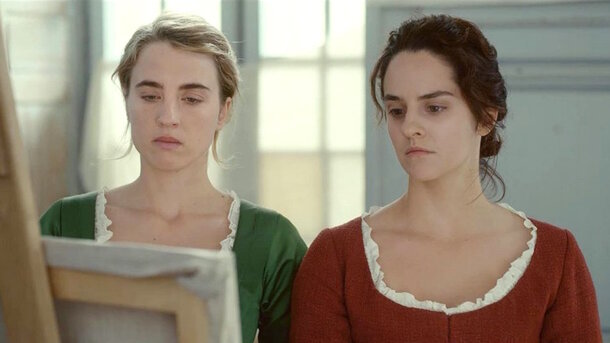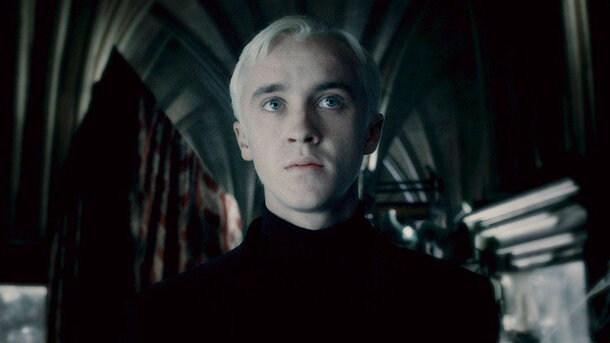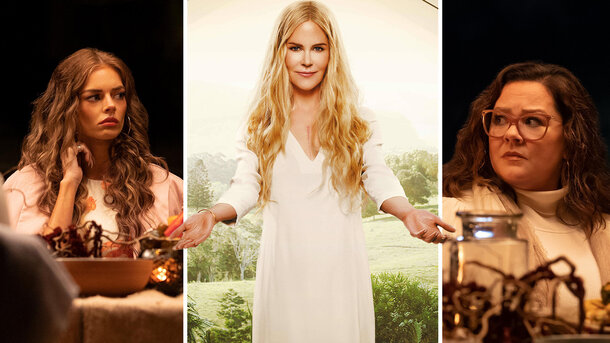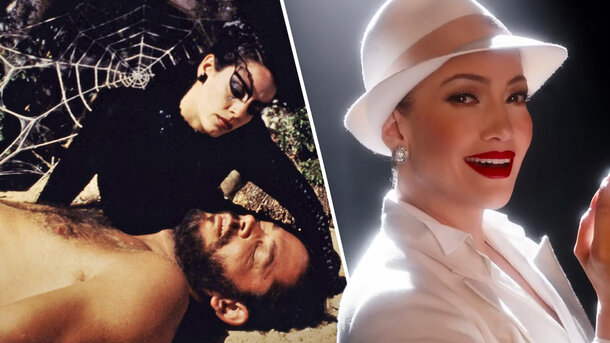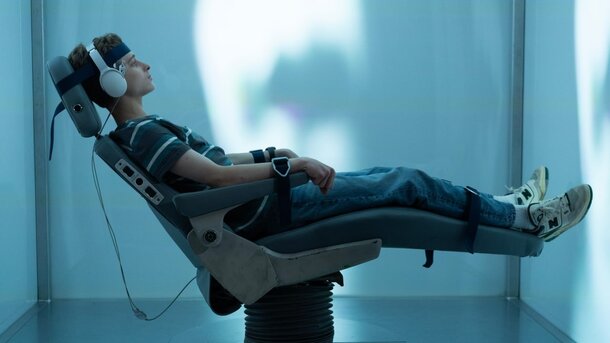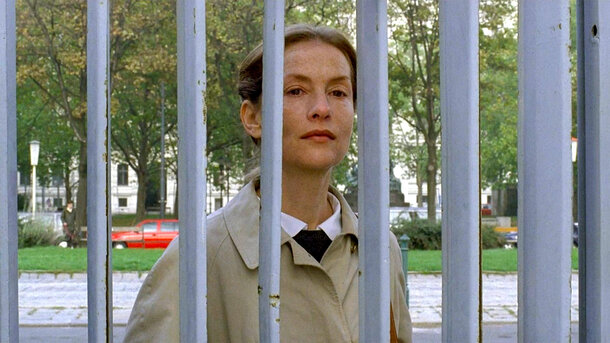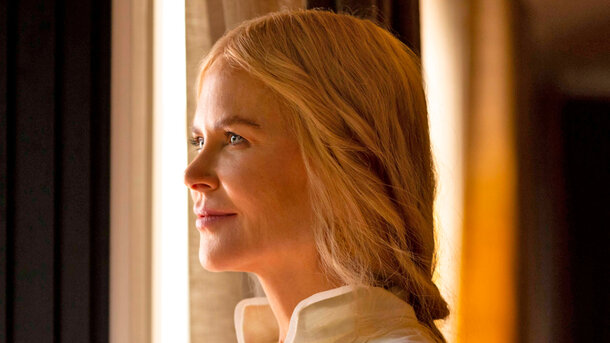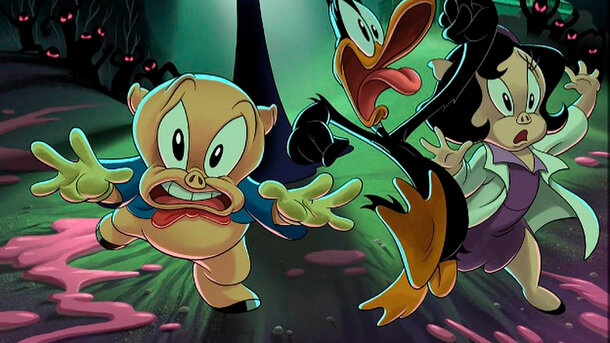Engaging Introduction:
I still remember the evening I first watched Portrait of a Lady on Fire. The film's haunting beauty and profound storytelling left an indelible mark on me, resonating deeply with its exploration of love, art, and identity.
Plot Overview:
Set in 18th-century Brittany, France, the story follows Marianne (Noémie Merlant), a talented painter commissioned to create a wedding portrait of Héloïse (Adèle Haenel), a young woman fresh out of a convent and reluctant to marry. To capture Héloïse's likeness without her knowledge, Marianne observes her by day and paints in secret by night. As they spend time together, an intimate bond forms, leading to a passionate and forbidden romance that challenges societal norms.
Director’s Vision:
Céline Sciamma, who both wrote and directed the film, masterfully crafts a narrative that delves into the complexities of female desire and autonomy. Her deliberate pacing and focus on subtle gestures allow the characters' emotions to unfold organically, creating a palpable tension that lingers throughout the film. Sciamma's decision to eschew a traditional musical score, instead highlighting natural sounds, immerses the audience in the characters' world, making their experiences all the more immediate and visceral.

Performances:
Noémie Merlant delivers a compelling performance as Marianne, portraying her as both determined and vulnerable. Adèle Haenel's Héloïse is equally captivating, embodying a woman torn between duty and personal desire. The chemistry between Merlant and Haenel is undeniable, their nuanced interactions conveying the depth of their characters' connection. Supporting roles, such as Luàna Bajrami as Sophie, the housemaid, and Valeria Golino as Héloïse's mother, the Countess, add richness to the narrative, each contributing to the film's exploration of class and societal expectations.
Cinematography and Sound:
Claire Mathon's cinematography is nothing short of breathtaking. Each frame is meticulously composed, reminiscent of classical paintings, with a color palette that enhances the film's emotional tone. The use of natural lighting, particularly the warm glow of candlelight, creates an intimate atmosphere that draws viewers into the characters' private world. The sound design further amplifies this intimacy, with the crashing of waves and the crackling of fires serving as a backdrop to the unfolding drama.
Themes and Symbolism:
At its core, Portrait of a Lady on Fire is a meditation on the interplay between art and memory, and how they intertwine to capture ephemeral moments. The act of painting becomes a metaphor for understanding and truly seeing another person. The recurring motif of fire symbolizes both the intense passion between the protagonists and the inevitable transience of their relationship. The film also critiques the limited roles available to women in the 18th century, highlighting their struggles for agency and self-expression.
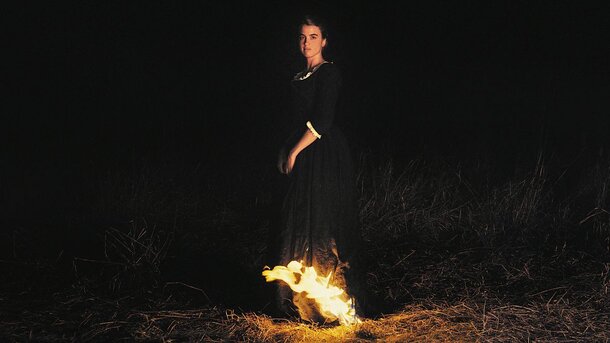
Final Verdict:
Portrait of a Lady on Fire is a cinematic masterpiece that offers a profound and immersive exploration of love, art, and identity. Its deliberate storytelling, combined with exceptional performances and stunning visuals, makes it a must-watch for those seeking a deeply moving and thought-provoking experience. I wholeheartedly recommend this film and would rate it a 9.5 out of 10.
Additional Information:
The film boasts an impressive IMDb rating of 8.1/10. It has garnered significant acclaim, with 60 wins and 164 nominations, including the Queer Palm and Best Screenplay at the 2019 Cannes Film Festival. The production budget was approximately €4.86 million, and the film grossed around $10 million worldwide. Notably, the exquisite paintings featured in the movie were created by artist Hélène Delmaire, who painted for 16 hours daily during filming to authentically capture the artistic process depicted on screen.
